Gibbons’ unique trademark ‘cascade’, a tumbling profusion of flowers, fruit and animals, could be applied to panelling, furniture and walls.
As a result, his influence on the interior design of the English country house was immeasurable and his artistry, although copied and even faked, has never been surpassed.


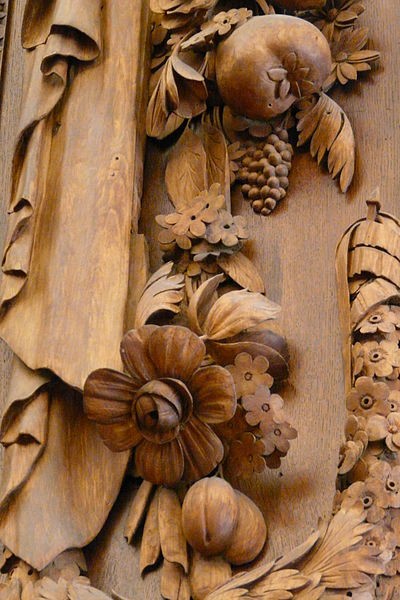
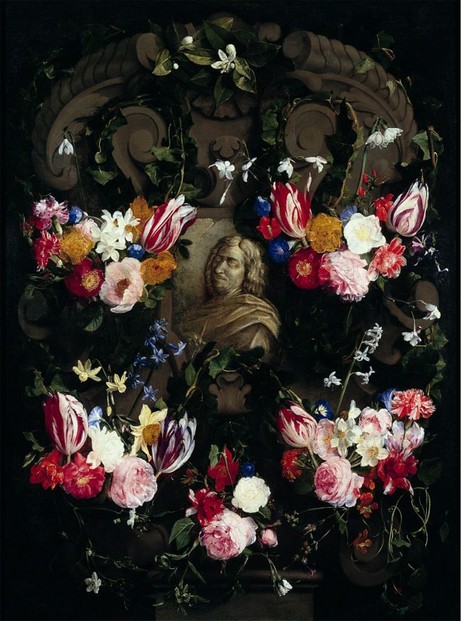
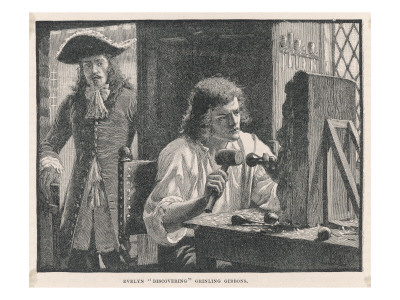



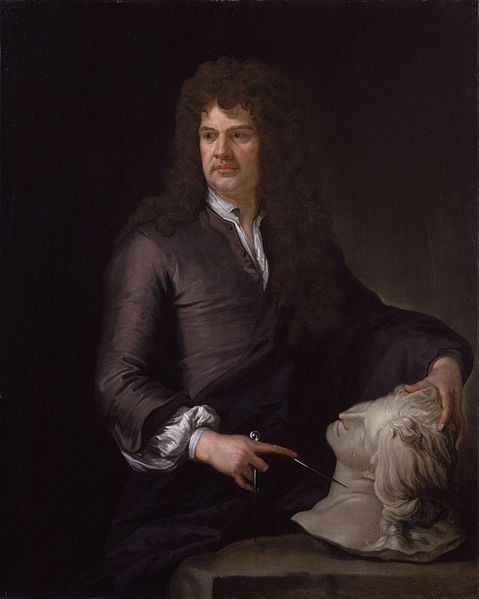



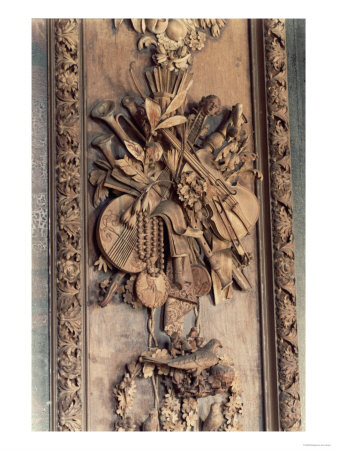
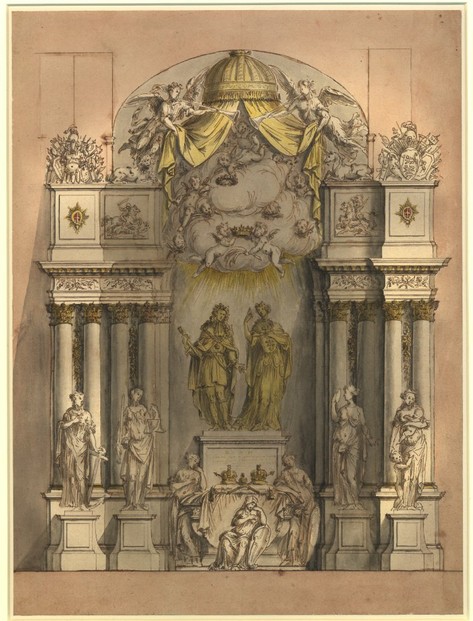
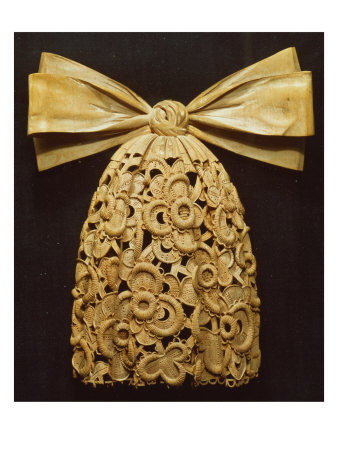
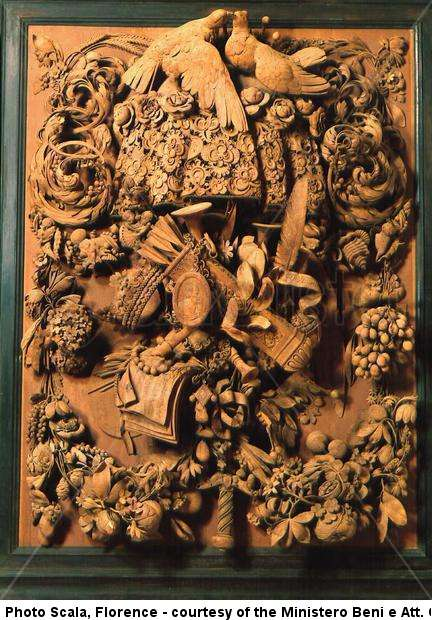
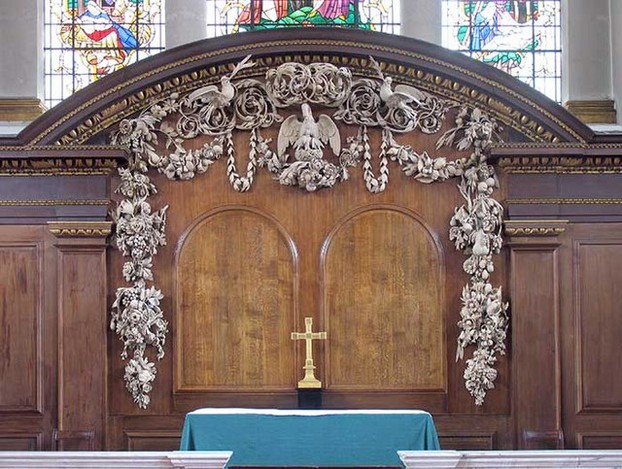
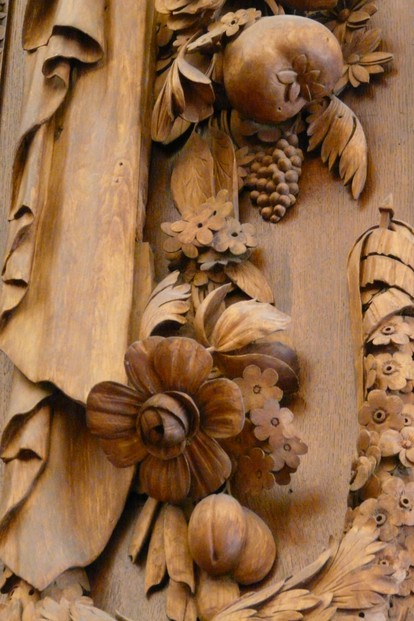
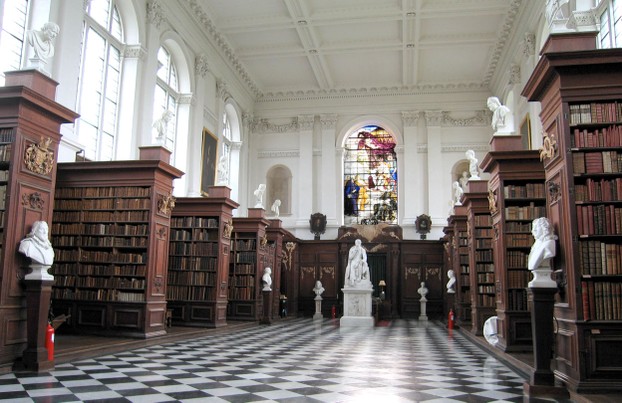
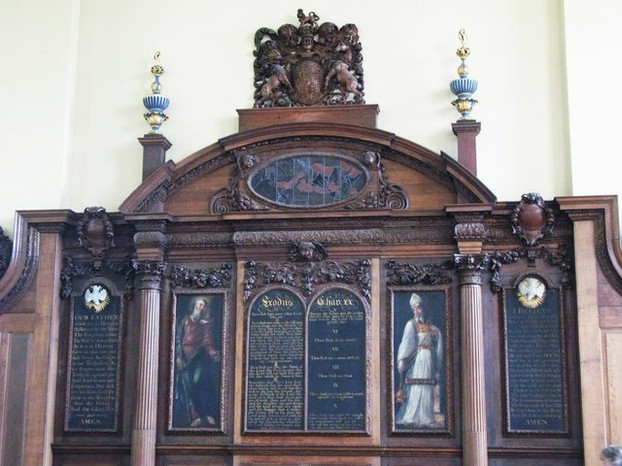
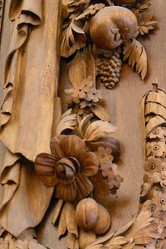

 How to Choose a Walking Cane or Stickon 08/01/2014
How to Choose a Walking Cane or Stickon 08/01/2014
 Michael Miller Fabulous Fabric Swatches for Quilting, Crafts etcon 07/02/2014
Michael Miller Fabulous Fabric Swatches for Quilting, Crafts etcon 07/02/2014
 The Drama of Life in the Rock Poolon 06/08/2014
The Drama of Life in the Rock Poolon 06/08/2014
 The Flâneur - Symbol of Modernity in 19th Century Parison 05/09/2014
The Flâneur - Symbol of Modernity in 19th Century Parison 05/09/2014
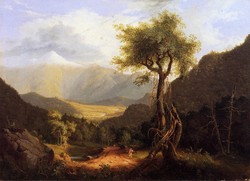
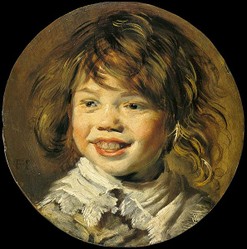
Comments
These carvings are really beautiful!
There are some amazing woodcarvers today who emulate his style.
I have seen carvings like these (maybe even Gibbons') and they are awe inspiring!
Yes! Breathtaking talent! :)
Wow, this is absolutely amazing! Grinling Gibbons certainly had a unique talent.